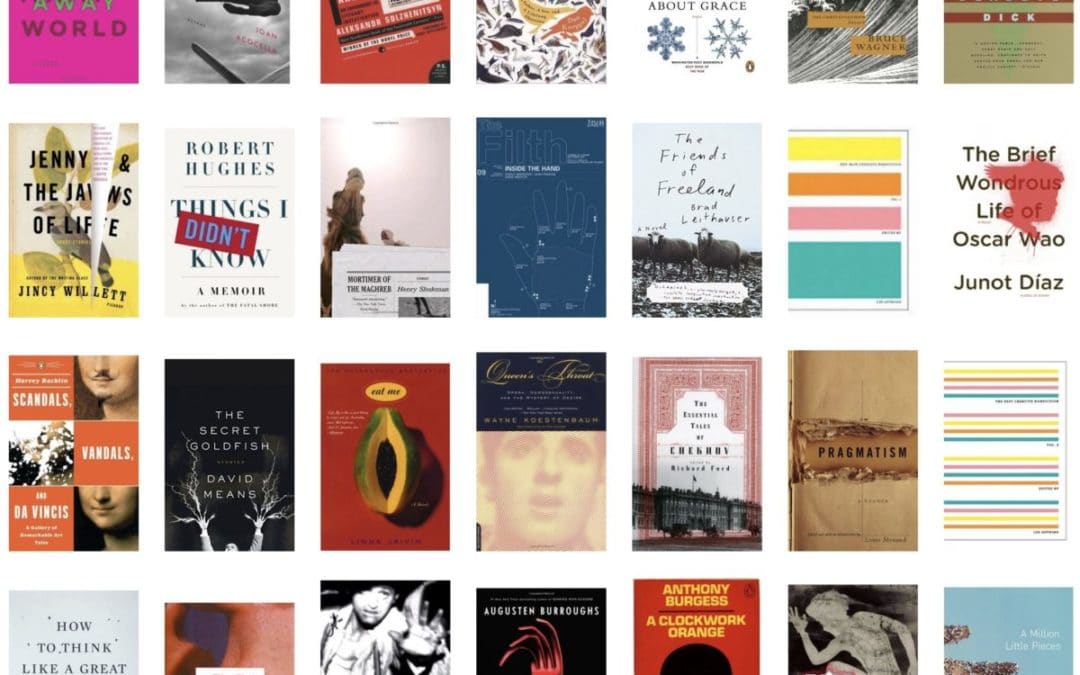By Hannah Woodlan
Is there anything more tantalizing than the idea of polishing off your manuscript with the perfect book cover? The kind of book cover that makes people reach for it before they realize what they’re doing? Have you ever bought a second copy of a book because you liked the cover more than your old copy?


No? Just me? Okay then . . .
Whatever your feelings about how important the cover design is, there’s no denying that it’s the first thing most people will see when they look at your book, and it’s a huge factor in whether a reader decides to take a closer look. A lot of authors get excited at the idea of possibly designing their own cover, but unless they’re professionals or have professional help, a lot of the nuances can be missed. Here are two articles with advice for authors hoping to create the perfect book cover. Scroll to the bottom to visit the Book Cover Archive and check out thousands of examples of attractive literature.
8 Cover Design Secrets
By Derek Murphy
Indie publishers are slowly coming to realize the importance of an amazing book cover. Since many self-publishing authors are starting out on a very small budget however, homemade, DIY book covers are still a popular choice. But be forewarned: although book cover designs come in a wide variety, publishers consistently use reliable, time-tested techniques and guidelines to catch your attention and make the sale. You want your cover to be different and unique, but you also want to tick all the right boxes (because they work). The worst thing an author can do is consider their cover design like a blank canvas and add whatever they want, wherever they want. So here are the tricks you need to know.
The Psychology of a Good Book Cover
By Kevin Tumlinson
Covers are the first bit of customer-facing marketing that your reader will ever see. They’re a shortcut—telling the reader in shorthand that they’ll like this book, that it’s in the genre they love to read, and that the person who wrote it is someone they can trust with their valuable (often limited) reading time. That’s a lot of information to pack into one image, and still make it effective. So what’s the secret psychology behind choosing a good cover?
And choosing … there’s a reason we’re describing covers as a choice the author makes, rather than harping on the idea of do-it-yourself versus hire-someone cover design (at least for the moment—we’ll get to this later).
Regardless of how you come to the cover, you’re going to make a few choices before your book goes live. So it’s a good idea to have as much preparation as you can get, to work out exactly what you should be looking for in a good cover design, and exactly what to avoid.
Let’s take a look at the elements, the philosophy, and the psychology of a good cover.
The best universal advice for going into the cover design stage of your book is to take a look at what’s out there. What covers are you, as a reader, drawn to? What impact do you want your cover to have? Below is a link to thousands of book covers. Which are your favorites?
Book Cover Archive


